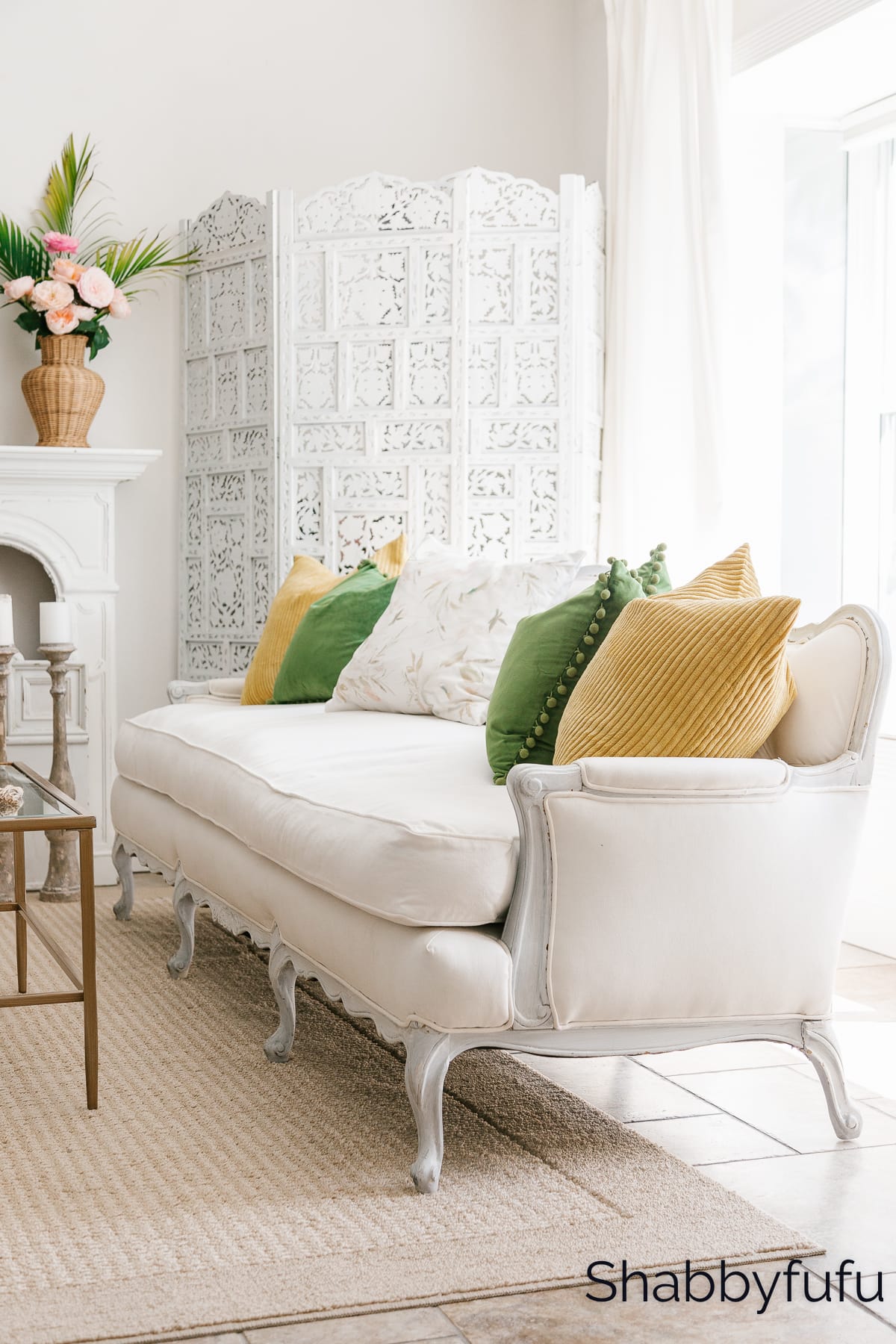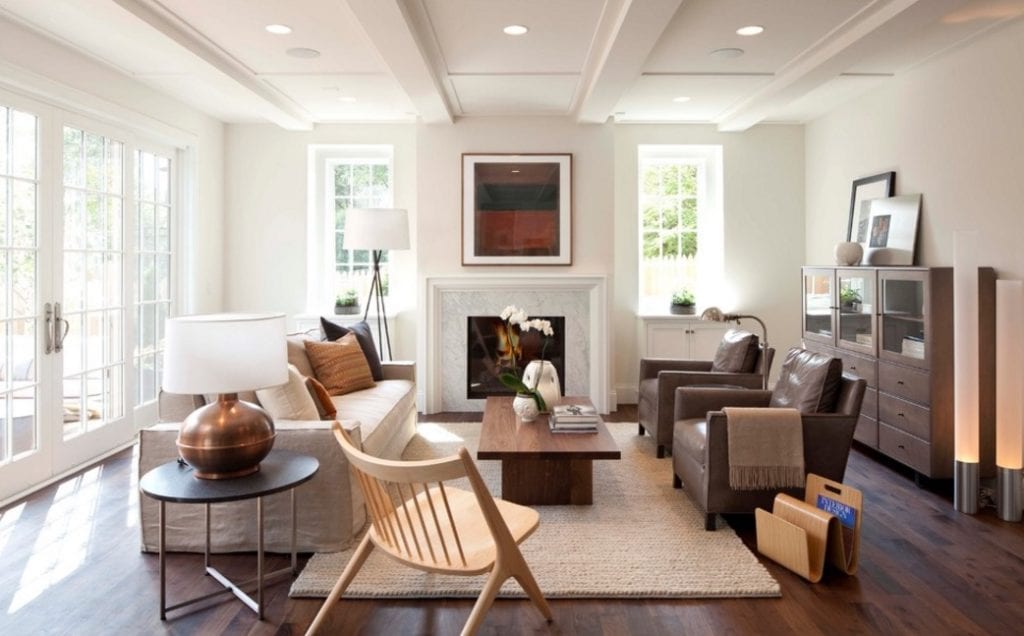Table Of Content

Regarding proportion and scale, it’s not just about the relationship between objects in a room but also the individual objects themselves. For example, if a piece of furniture is too small for the space it’s in, it can look insignificant and out of place. On the other hand, if a piece of furniture is too large for the room, it can dominate the space and make it feel cramped. It’s vital to choose objects that are appropriately sized for the room, taking into account not just the dimensions of the space but also the other objects in it.
Scale
Proper proportion ensures that the size of each element in a room is well-suited to the space it occupies and the other elements around it. Here are a few areas of the home where proportion plays a significant role in interior design. One way to achieve proportion with art is to consider the size of the piece in relation to the wall it will be hung on. Large pieces of art can be used to create a focal point in a room, while smaller pieces can be grouped together to create a gallery wall. It’s important to consider the scale of the furniture in the room as well so that the art doesn’t overpower or get lost in the space.
Negative Space
It’s also important to consider the style of the room, whether it’s modern, traditional, or eclectic, to ensure that the art and accessories fit with the overall aesthetic. The golden ratio is one of those design rules that are really helpful to use when creating a room scheme from scratch – or rebalancing an existing one. If you are just starting out in interior design or just need help creating balanced spaces, it's one of those design formulas that is worth referring to.
Living Room
Because scale and proportion is mathematical and has a few more rules, we pulled together some great visuals and resources for you to download. When it comes to choosing furniture, make sure to factor in comfort and functionality. If your living room is reserved for Netflix binges, you don’t need a ton of furniture. On the other hand, if you host often, you’ll want to give your guests plenty of space to sit. People often choose pieces that are too big or too small for their space, particularly sofas. While you might be tempted to buy something that fits your whole family when they visit on Thanksgiving, remember Thanksgiving isn’t every day.
Now you can too, and each room will look beautiful and make you feel right at home. Similarly, cushions on a sofa should leave 60% of the seating area clear. Perhaps you want to furnish shelving with books and objets to display? Devote 60% to the books and 40% to show off your favorite items and you will have the balance right.

Use the rule of thirds
With dedication and practice, you can become proficient in using proportion and scale to create stunning interior designs. A general guideline many designers follow is ensuring that items in the room are not wider or taller than ⅓ the height of the item it is kept on. Understanding scale and proportion allows designers to factor in functionality, comfort, and aesthetics to provide the room with a more cohesive structure. For instance, a large piece of artwork on one wall can create a focal point that balances out a larger piece of furniture on the opposite wall.
15 Best Budget Decorating Ideas from Interior Designers - How to Decorate on a Budget - Good Housekeeping
15 Best Budget Decorating Ideas from Interior Designers - How to Decorate on a Budget.
Posted: Thu, 07 Apr 2022 07:00:00 GMT [source]
For example, if the statement piece in a large room is a large sofa, then the wall colors, accessories, and other furnishings should be in proportion and scale to the same. Proportion is a crucial element of interior design that can make or break the look and feel of a room. One example of using proportion in interior design is by creating a balanced composition of furniture and decor.

To create a sense of proportion in a room, the focal point should be surrounded by smaller pieces that complement it, such as a round table with chairs placed around it in a dining room. For example, a higher ceiling will make a room feel larger — perfect for spaces like kitchens and living rooms. Conversely, a low ceiling will make these areas feel smaller than they are. With that in mind, let’s look at some of the most popular ways to use scale and proportion to the benefit of a space’s aesthetics. Scale refers to the size of an object, while proportion is about how objects relate to each other.
By using proportion to create a focal point, you can add interest and depth to an otherwise simple room. With over 100 homes staged since Mid Modern Designs began, our interior designers have worked with all kinds of homes & condos. Let us help you proportion and scale your next project and give you a functional room accent you’ll enjoy for years to come. We've all seen an overstuffed sofa in a small room or a rectangular dish on a square table.
We hope this blog post has given you some useful information and inspiration on how to use space and proportion in interior design. Applying the rule of thirds in interior design results in a visually balanced and aesthetically pleasing composition, enhancing our spaces' overall appeal and harmony. This principle is closely linked to scale, although they are distinct concepts. Scale refers to how the size of one object relates to the human body, while proportion looks at the relationship between multiple objects.
Applying the golden ratio creates a sense of harmony and cohesion in our spaces, resulting in a visually appealing and balanced composition. Negative space, sometimes referred to as white space, in interior design is the empty space between objects, furniture, or walls, which serves to highlight the objects in a room. To create visually appealing spaces that adhere to the principles of scale and proportion, several practical tips can be employed.
It’s important to incorporate contrast to create visual interest in the space.Take the picture above as an example. Each of the design elements varies in height, so you may find your eyes bouncing all over the image, moving from item to item in an effort to take in all its sensory information. This skill is generally what people refer to when they say someone has an “eye for design.” When putting a room together, test the proportion between two items by taking a step back. From a towering bookshelf to the tiniest porcelain knickknack, elements of proportion are everywhere.
The result is a point of view that is grounded in both the aesthetic and historical. Mark has been recognized by a breadth of national and international publications, earning him a loyal following of clients around the world. He is also a member of the Decorative Arts Council for LACMA and a patron of the Los Angeles Opera. His hallmark style integrates the old with the new, juxtaposing clean modern lines with classical elements. Mark’s Italian heritage has greatly influenced his love of history, architecture and antiquity.
Step back and see what can be removed or repositioned to create a more balanced look. Editing can also involve simplifying the color scheme or minimizing patterns and textures. Having a few statement pieces is okay, but they should enhance the overall design rather than detract from it. Proportion is a crucial element in interior design that helps create a harmonious and visually pleasing space.

No comments:
Post a Comment